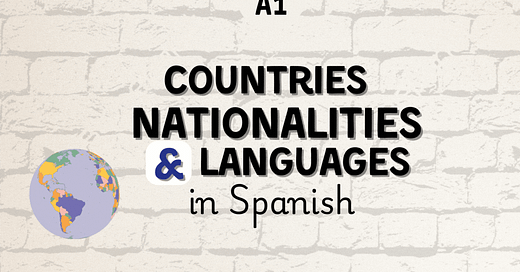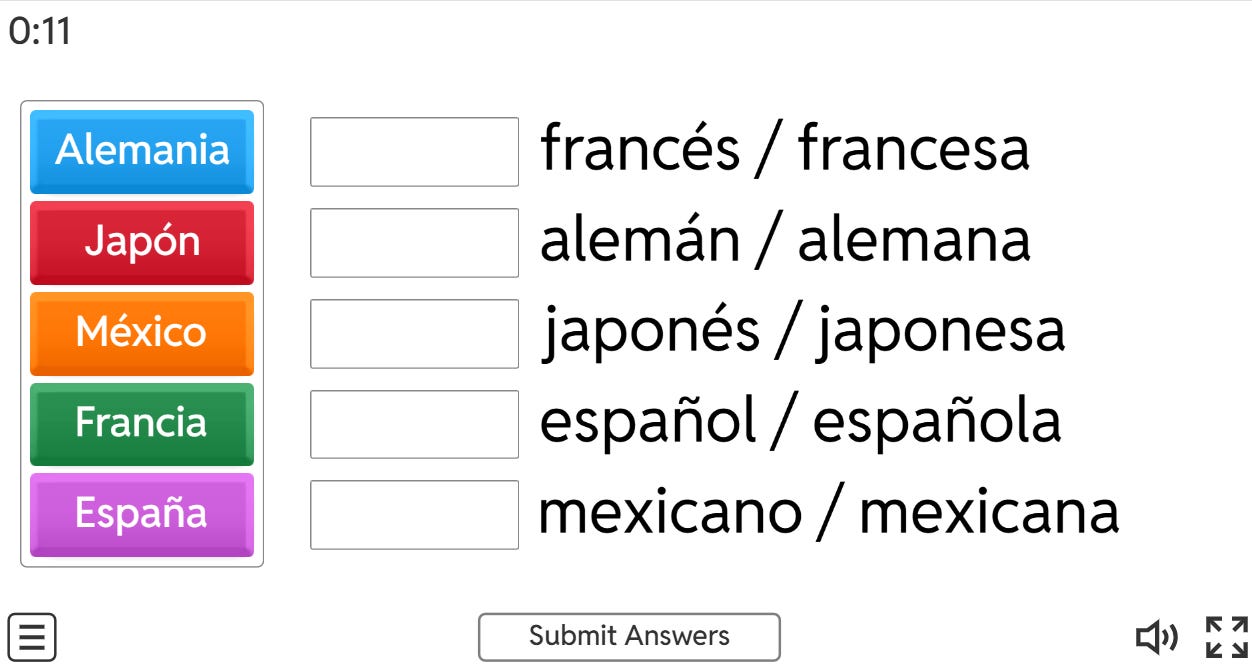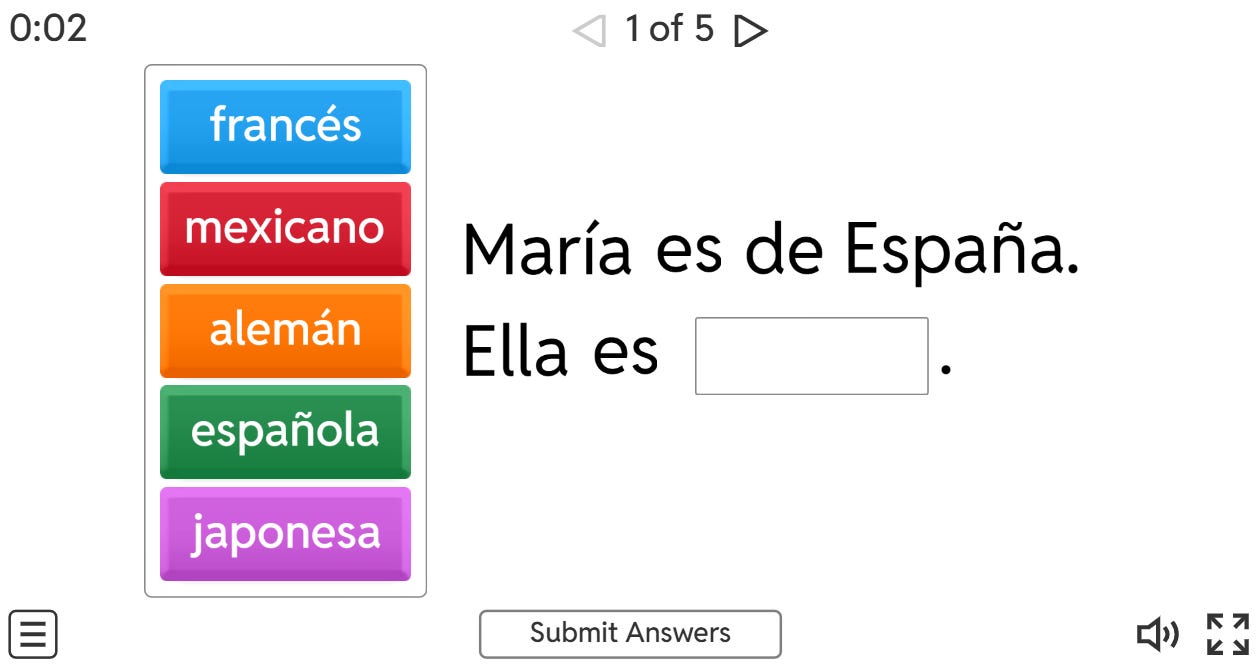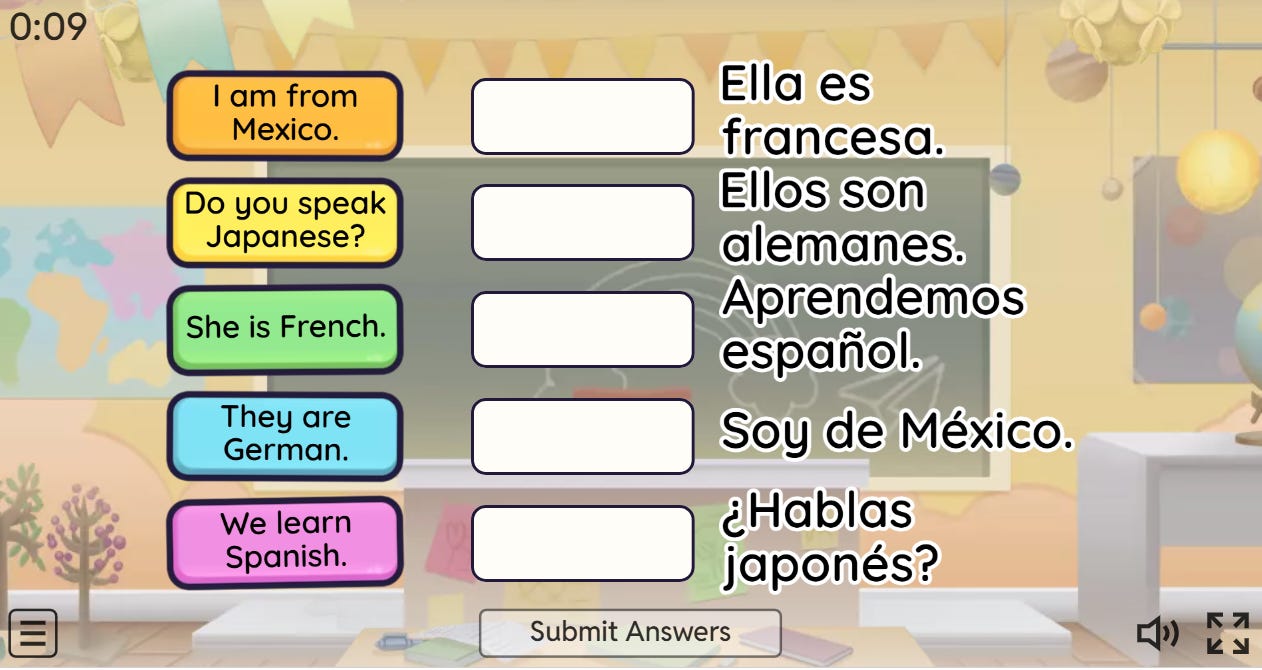Countries, Nationalities, and Languages
Learning how to talk about countries, nationalities, and languages in Spanish is essential for basic conversations. Whether you're introducing yourself or asking someone where they're from, these words will help you communicate better.
In this guide, you'll learn:
✅ How to say countries in Spanish
✅ How to form nationalities (with rules)
✅ How to talk about languages
Let’s get started!
1. Countries in Spanish (Países)
Countries in Spanish are masculine or feminine, and many have slight spelling changes from English. Initial capital required (they're proper nouns).
Here are some examples:
🗣️ Speaking Practice: Countries (Países)
📌 Basic Sentences (Frases Básicas)
Vivo en México. (I live in Mexico.)
España es un país bonito. (Spain is a beautiful country.)
Japón es muy interesante. (Japan is very interesting.)
❓ Questions (Preguntas)
¿De qué país eres? (What country are you from?)
Soy de Colombia. (I’m from Colombia.)
¿Has visitado Francia? (Have you visited France?)
Sí, he visitado París. (Yes, I’ve visited Paris.)
¿Es Alemania un país grande? (Is Germany a big country?)
Sí, Alemania es grande. (Yes, Germany is big.)
¿Prefieres Italia o España? (Do you prefer Italy or Spain?)
Prefiero Italia. (I prefer Italy.)
¿Cómo se dice “Brazil” en español? (How do you say “Brazil” in Spanish?)
Se dice “Brasil”. (It’s said “Brasil”.)
2. Nationalities in Spanish (Nacionalidades)
Nationalities are adjectives, so they must match the gender (masculine/feminine) and number (singular/plural) of the noun they describe. No capitals unless part of a proper name:
Note: Some nationalities (like iraní, canadiense) are gender-neutral and do not change.
Plural Forms
Masculine plural: Add -s (mexicanos, franceses, alemanes).
Feminine plural: Change -a to -as (mexicanas, francesas, alemanas).
Examples:
Ellos son mexicanos. (They are Mexican – masculine plural)
Ellas son francesas. (They are French – feminine plural)
Here's a side-by-side Spanish/English dialogue practice for nationalities, formatted for easy comparison:
Diálogo 1: Presentaciones básicas
A: ¿De dónde eres? | A: Where are you from?
B: Soy de Canadá. Soy canadiense. | B: I'm from Canada. I'm Canadian.
Diálogo 2: Confirmar nacionalidades
A: ¿Ella es australiana? | A: Is she Australian?
B: No, es neozelandesa. | B: No, she's New Zealander.
Diálogo 3: Idiomas y países
A: ¿En Brasil hablan español? | A: Do they speak Spanish in Brazil?
B: No, hablan portugués. | B: No, they speak Portuguese.
Diálogo 4: Nacionalidades en plural
A: ¿Esos turistas son japoneses? | A: Are those tourists Japanese?
B: Algunos son japoneses, otros son coreanos. | B: Some are Japanese, others are Korean.
Diálogo 5: Herencia mixta
A: ¿Tus padres son italianos? | A: Are your parents Italian?
B: Mi mamá es italiana, pero mi papá es griego. | B: My mom is Italian, but my dad is Greek.
3. Languages in Spanish (Idiomas)
Languages are masculine nouns and are often the same as the nationality (but without gender changes).
✅ Correct: Hablo español. (I speak Spanish.)
❌ Incorrect: Hablo española. (Wrong – languages don’t have gender.)
Using Articles with Languages
No article when speaking generally:
Aprendo inglés. (I learn English.)
Use "el" when specifying:
El francés es difícil. (French is difficult.)
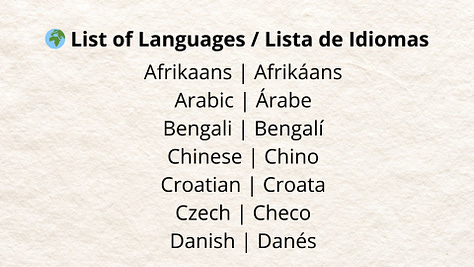
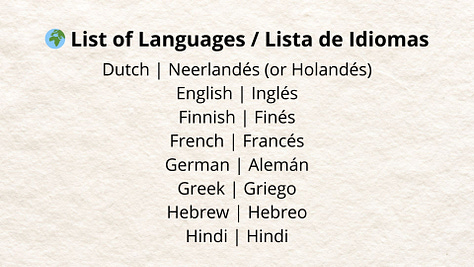
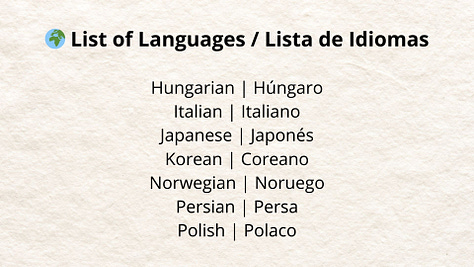
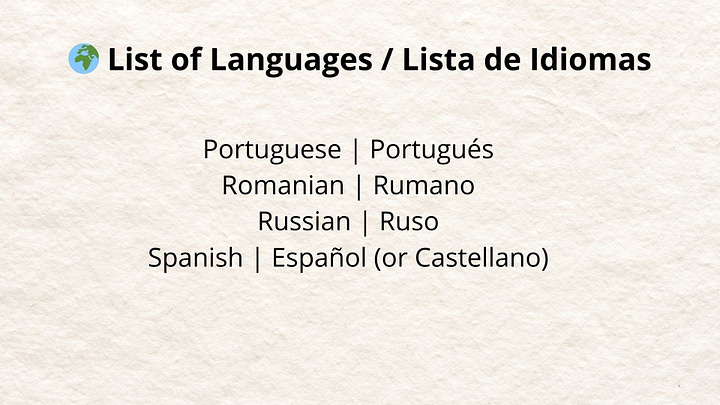
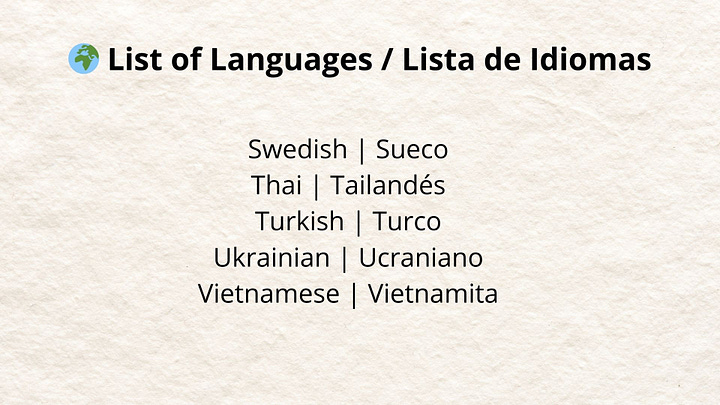
Common Mistakes to Avoid
❌ Mixing nationality and language:
Correct: Soy español (nationality). Hablo español (language).
Incorrect: Soy español y hablo española.
❌ Forgetting adjective agreement:
Correct: Ella es mexicana.
Incorrect: Ella es mexicano.
❌ Capitalizing country names unnecessarily:
Correct: Vivo en méxico.
Incorrect: Vivo en México. (Unless at the start of a sentence.)
Match the Country with the Nationality
Match each country with the correct nationality.
Fill in the Blanks
Complete the sentences with the correct nationality.
Translate into Spanish
Translate these sentences into Spanish.
🚀 Want to Learn More?
📅 Book a 1-on-1 Spanish Lesson with me! 👉 Click here to schedule!


